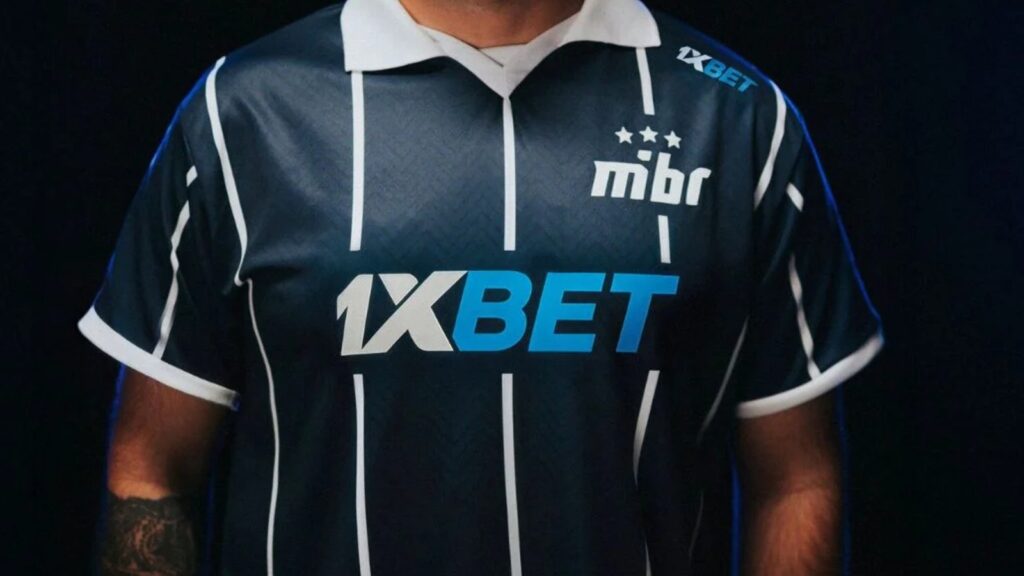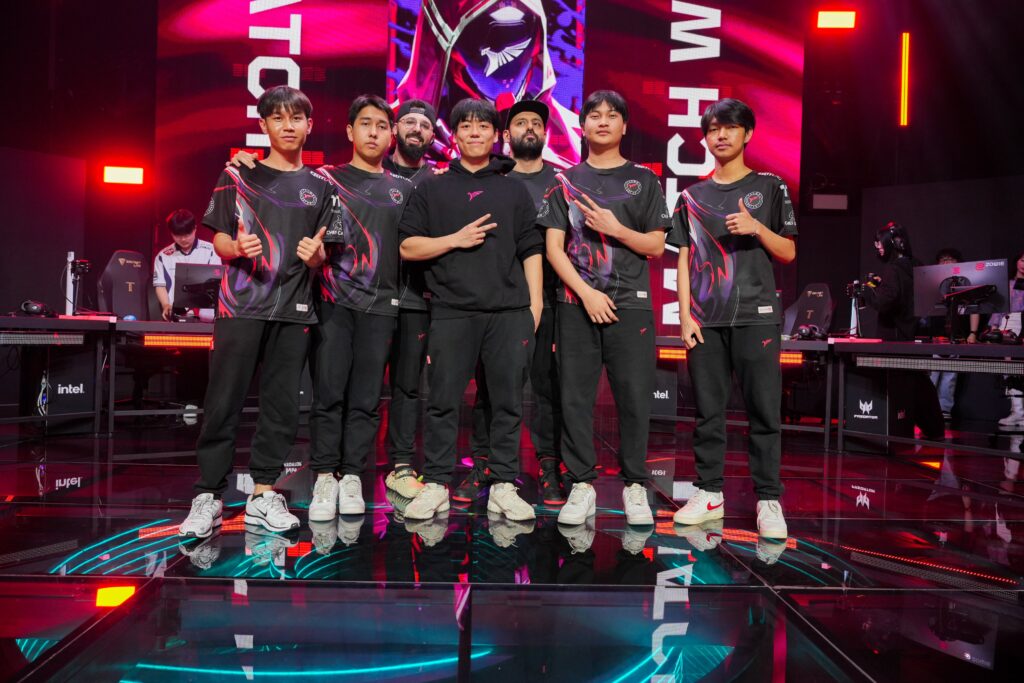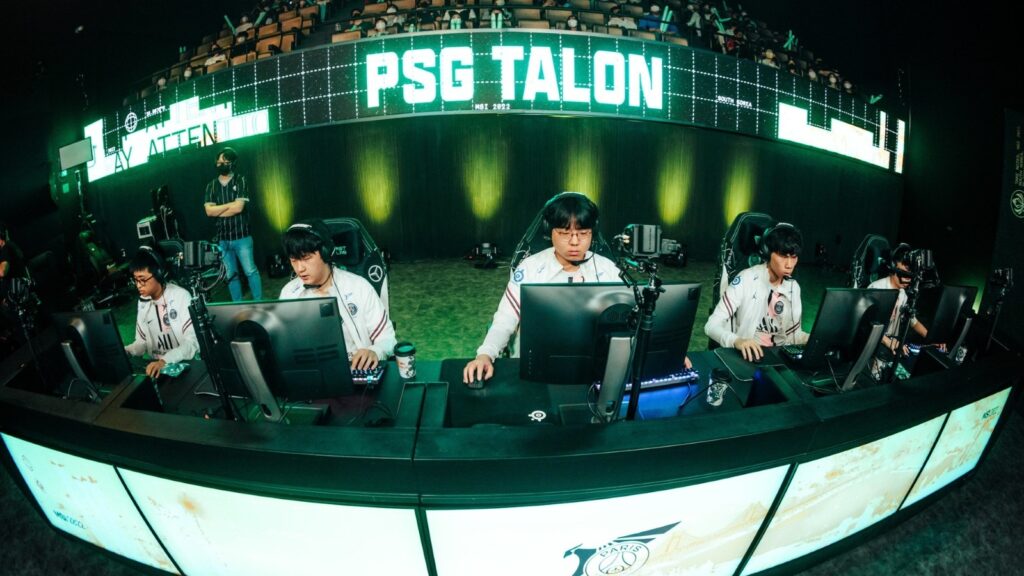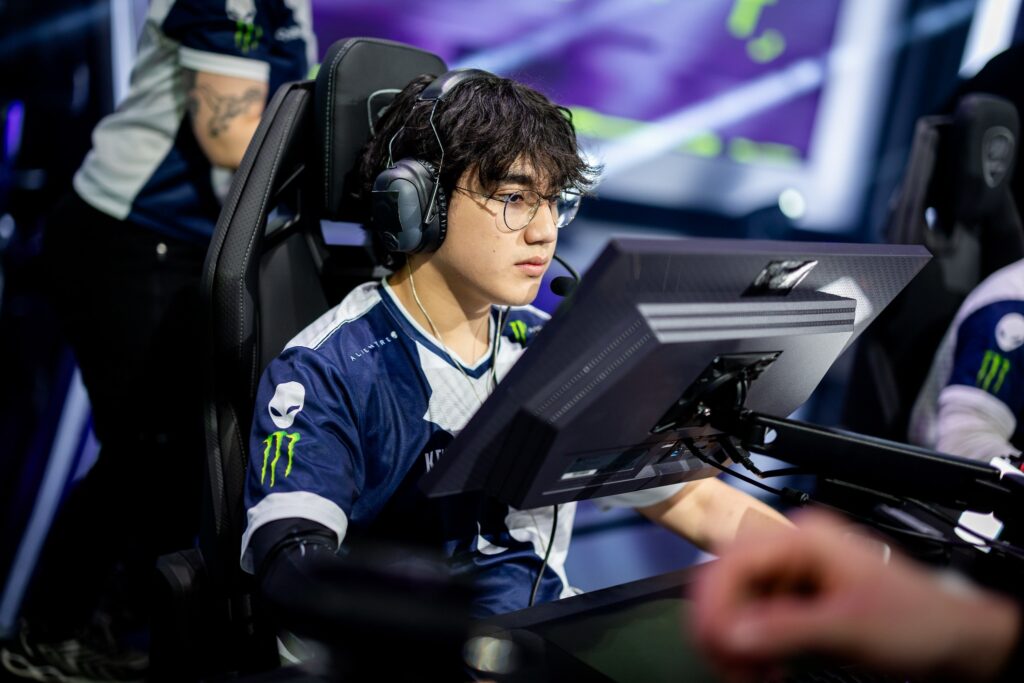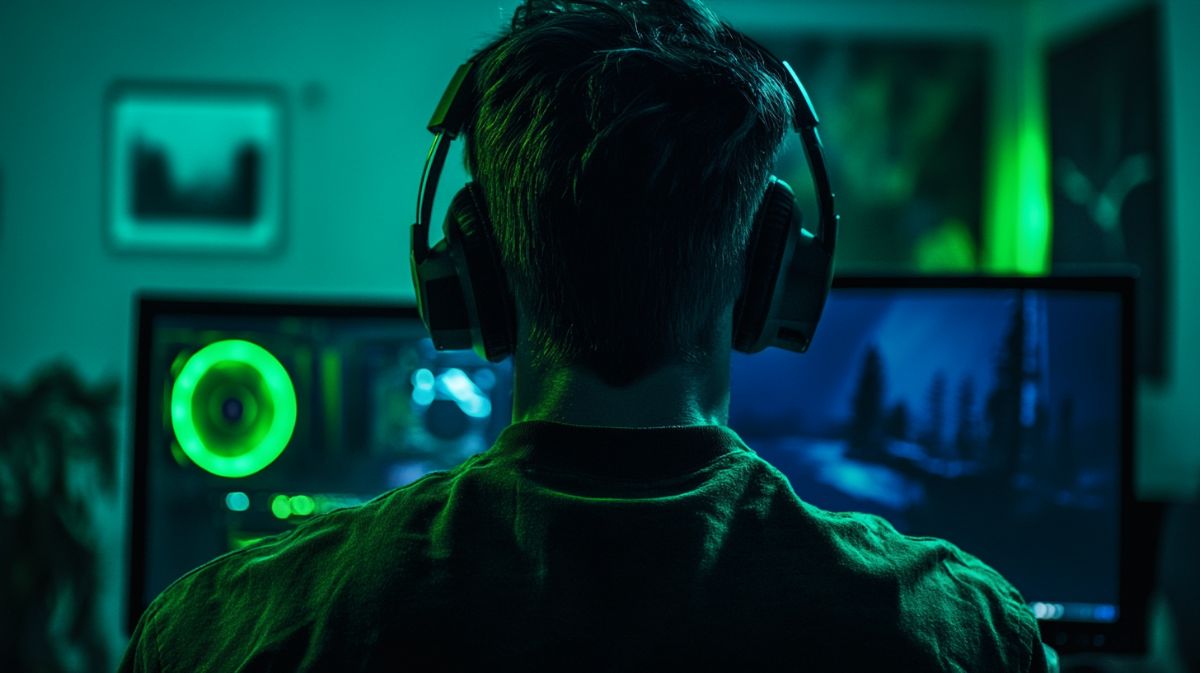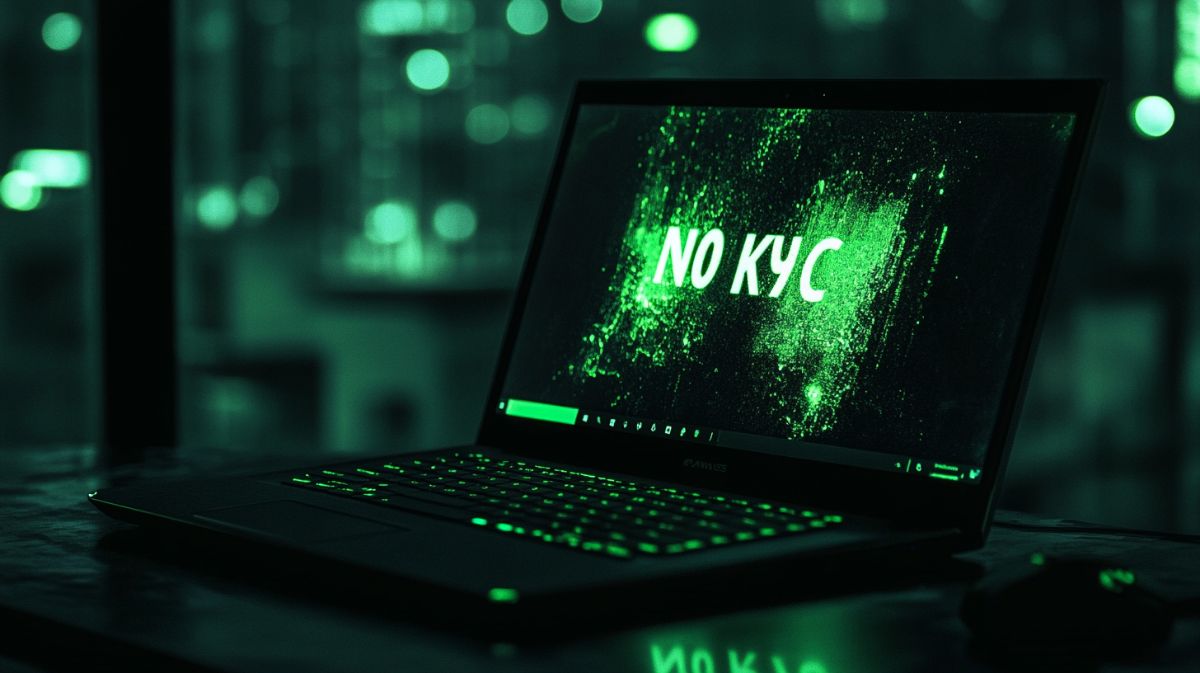How to Optimize VALORANT for Streaming (OBS/Streamlabs)
VALORANT isn’t the heaviest game out there but when you’re streaming at the same time, it will definitely stress out your system’s hardware. While users with top of the line GPU and CPU won’t feel any difference, players with a budget gaming setup will definitely struggle to stream their VALORANT gameplay. If you’re also among them, you can rectify this issue by optimizing VALORANT for streaming.
Best OBS and Streamlabs Settings to Optimize VALORANT for Streaming
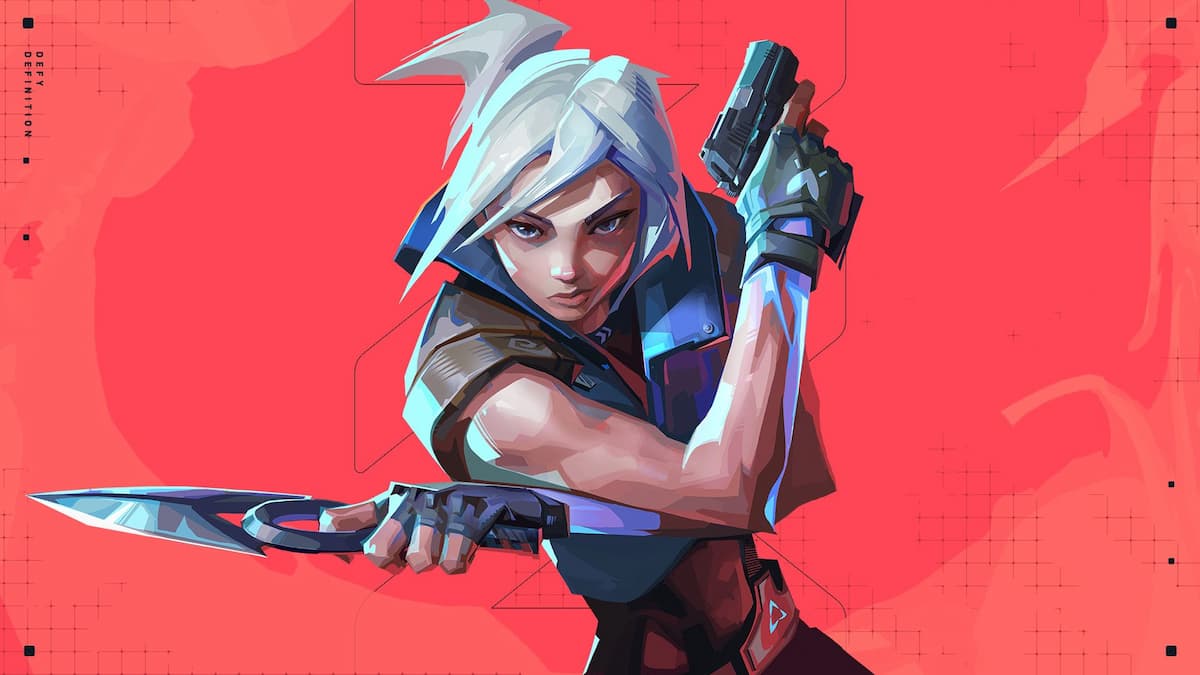
Image Credit: Riot Games
Lower Your In-Game Graphics Settings
Before messing with OBS or Streamlabs, start with VALORANT itself. The game already runs great on most systems, but when you’re streaming, you’re splitting your PC’s power between playing and broadcasting.
To keep things smooth:
- Limit frame rate to your monitor’s refresh rate (or a bit higher)
- Turn off VSync – it adds input lag
- Set Material, Texture, and Detail Quality to Low or Medium
- Turn off Anti-Aliasing and Vignette
- Set Anisotropic Filtering to 2x or 4x
- Disable Bloom, Distortion, and Cast Shadows
These settings will help VALORANT run like butter, which gives your stream more room to breathe. Remember, your audience cares more about a smooth stream than fancy graphics.
Choose the Right Encoder in OBS or Streamlabs
This part is where a lot of people trip up. The encoder is what handles the heavy lifting. It basically turns your gameplay into a video stream so picking the right one is half the battle.
Go to Settings > Output > Streaming in OBS/Streamlabs and look for the Encoder option. You’ll see two main choices:
- x264 (CPU) – Uses your processor to encode. Great if you have a strong CPU, but can cause lag if your PC isn’t high-end.
- NVENC (GPU) – Uses your NVIDIA graphics card. This is the better option for most modern PCs. It’s lighter on your system and still looks great.
If you have an NVIDIA GPU (GTX 1660 or better), go with NVENC (new). It’ll give you the best performance with the least stress on your system.
Set the Right Bitrate
Bitrate is basically the amount of data you send to Twitch or YouTube every second. Too low, and your stream looks like it’s underwater. Too high, and your viewers might get buffering or if worse, your stream crashes.
Here’s a quick cheat sheet:
- 720p at 30 FPS: 2500–3500 Kbps
- 720p at 60 FPS: 3500–5000 Kbps
- 1080p at 60 FPS: 6000 Kbps (Twitch max)
Go to Settings > Output > Streaming, and set your Video Bitrate accordingly. Make sure your internet upload speed can handle it. Aim for at least 2x your stream bitrate. If you’re streaming at 6000 Kbps, you’ll want at least 12 Mbps upload speed.
Tweak Your Video Settings
Now let’s make sure your stream looks clean and sharp. Head to Settings > Video in OBS or Streamlabs and use these settings:
- Base (Canvas) Resolution: Match your monitor (usually 1920×1080)
- Output (Scaled) Resolution: Either 1920×1080 or 1280×720 depending on your setup
- Downscale Filter: Use Lanczos (sharper scaling)
- FPS: Set to 60 if your system can handle it; otherwise, 30 is fine
Don’t be afraid to stream in 720p. A smooth 720p60 stream is better than a stuttery 1080p one.
Use Game Capture and Optimize Sources
When adding VALORANT to your stream scene, always use Game Capture instead of Window or Display Capture. Game Capture is lighter on your system and offers better performance.
If you’re using multiple sources like webcams, alerts, overlays keep them organized. Too many layers can bog down your stream.
Also, make sure you’re not accidentally capturing VALORANT twice (e.g., once in Game Capture and once in Display Capture) as that’ll eat up resources fast.
Prioritize OBS/Streamlabs in Task Manager
If your stream is dropping frames while your game runs fine, your streaming app might not be getting enough CPU power.
To fix that:
- Open Task Manager (Ctrl+Shift+Esc)
- Go to the Details tab
- Find OBS.exe or Streamlabs.exe
- Right-click it, choose Set Priority > Above Normal
This gives your streaming software a bit more breathing room and can smooth out choppy broadcasts.


